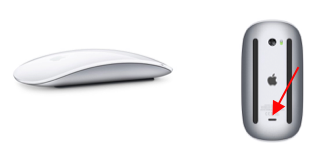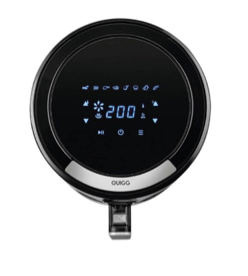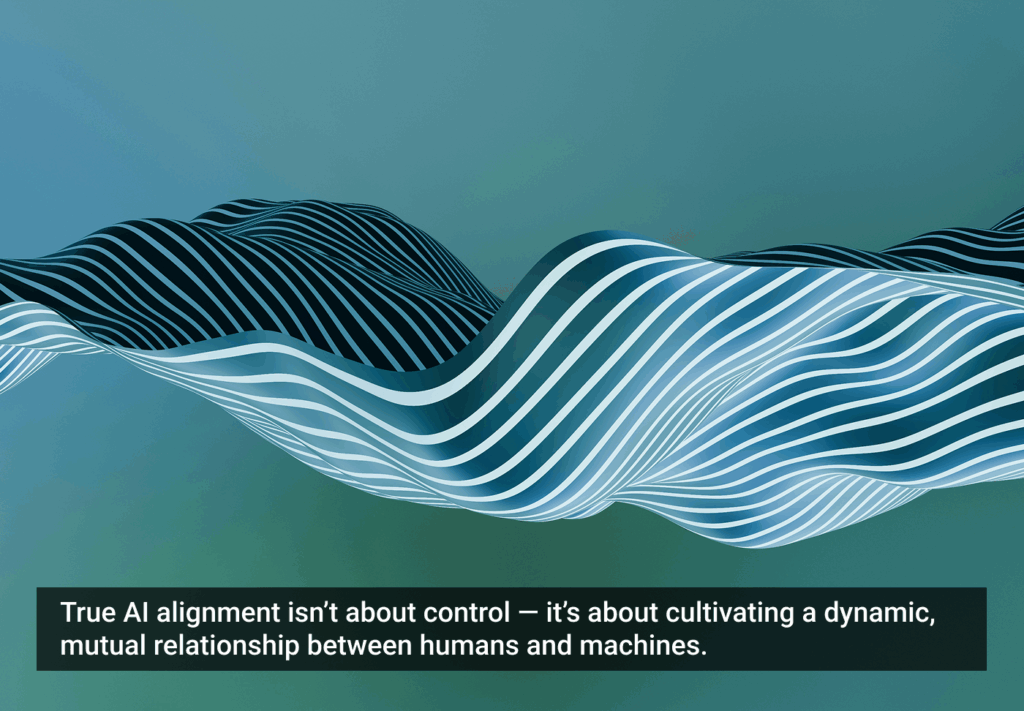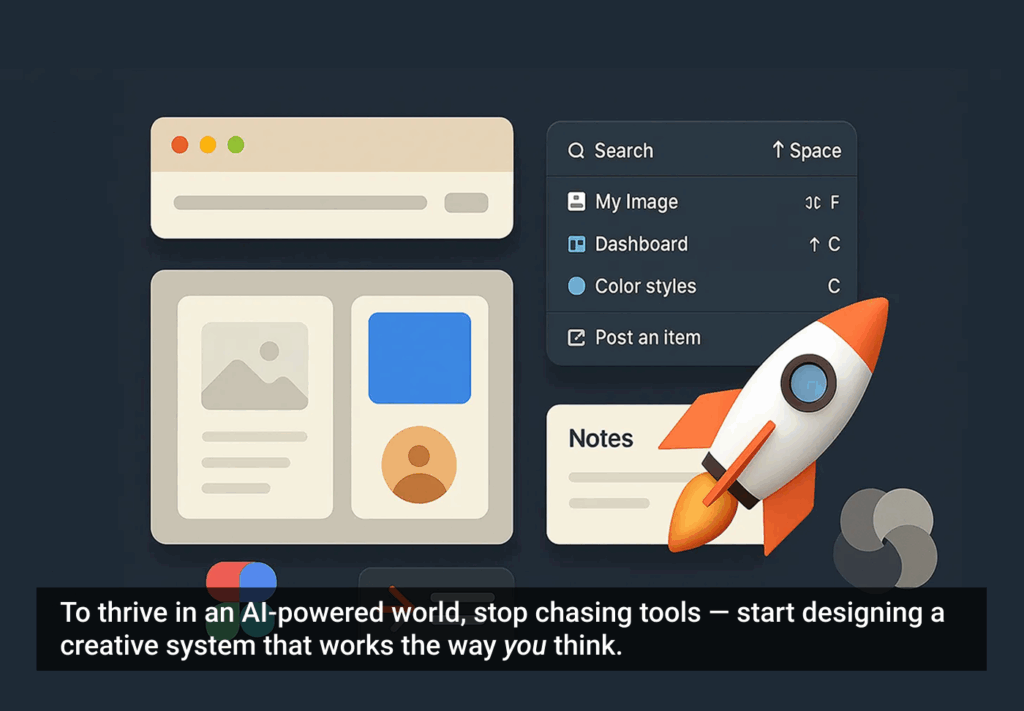When you hear the term “UX Design”, you might conjure up mental images of well designed websites, apps or interfaces. You might picture their beautiful color palettes, engaging animations, or fresh layouts. While these aspects certainly can contribute to a great user experience, the idea of a product that is aesthetically pleasing being one that has a good user experience is a common misconception.
An interface that is well designed from a visual point of view will not necessarily be one that will provide a good user experience. In fact, often times a product will be designed a certain way in order for it to be visually appealing, yet this design will actively hinder the user’s experience.
Take the Apple Magic Mouse.

While it certainly is designed well from a visual point of view, with its sleek, minimalistic design, it is not designed well from a user experience point of view. This is due to the fact that the re-chargeable mouse features a lighting port on its underside, making it a real challenge for the user to charge the mouse while using it. The lightening port was likely placed where it was in effort to compliment the design, yet this placement makes the experience of charging it frustrating.
Another example of this phenomenon is this air fryer.

Although its modern look does look nice from an aesthetic point of view, if we take the user experience into account, it becomes evident that it is not designed well. Since the icons on the screen are not labeled, it can be difficult for the user to determine the actual functions of each option. While the icons were likely unlabeled to improve the look of the product, this lack of labeling can interfere with the experience of using it.
Yet another product that is not designed well from a user experience point of view is this cat mug.

While the mug is certainly cute and creatively designed, its ears are positioned in a way that can poke the person drinking from it in the eyes, making it a user experience failure. Although the ears were added to the mug in order to make it look better, their positioning actually hinders the experience of drinking from it.
These examples illustrate that while a product may be designed well in that it is aesthetically pleasing, it can, in fact, be designed quite badly from a user experience perspective. Additionally, while a design decision may have been made in effort to make a product more visually appealing, this decision can ultimately render the product a user experience bust.
In essence, the purpose of UX design is to design products in a way that helps users be more successful at carrying out the things they are trying to accomplish. A product’s beautiful design will not be valued by its users if there is something getting in the way of them using it the way they want to. When designing products, we therefore want to ensure that the users are able to accomplish their goals in the optimal way, even if that way might not be the most aesthetically pleasing option.








